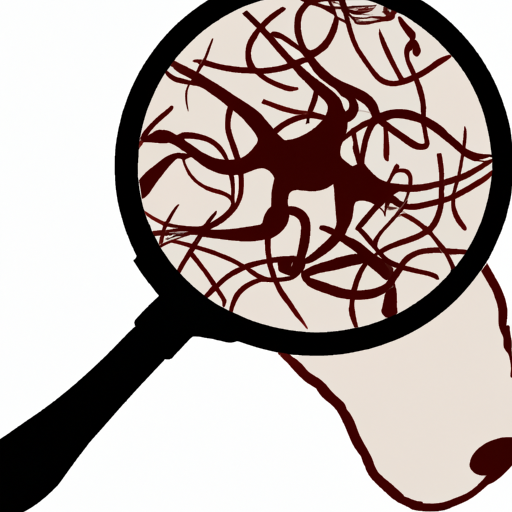Ever gazed into your dog’s eyes and wondered what’s going on behind those keen orbs? The answer, in short, is a lot. Dogs, like humans, have a complex network of neurons that make up their brains. These neurons allow for a wide range of cognitive functions, emotions, and behaviors. But just how many neurons do dogs have, and what does this mean for their intelligence and capabilities? Let’s take a deep dive into the fascinating world of canine neuroscience.
Table of Contents
- Understanding Neurons
- Dog vs. Human: A Comparative Look at Neurons
- How Neurons Influence Dog Behavior
- Frequently Asked Questions (FAQs)
Key Takeaways
- Dogs have approximately 530 million neurons in their brains.
- The number of neurons doesn’t directly correlate with intelligence.
- Dogs’ neurons allow them to exhibit complex behaviors and emotions.
Understanding Neurons
Neurons are the fundamental units of the brain and nervous system, the tiny architects of our thoughts and emotions. They’re responsible for taking in sensory information, processing it, and triggering a corresponding response. Imagine a busy switchboard, connecting calls, and messages. That’s what our neurons do, but for our bodies and minds.
Dogs, like all mammals, have two types of neurons: sensory neurons and motor neurons. Sensory neurons react to physical stimuli like touch, sound, and light, while motor neurons control movements and actions.
One might wonder, just how many of these neurons do dogs have? Well, according to a study done by the University of Copenhagen, dogs have approximately 530 million neurons in their brains. This is quite substantial, considering the size of their brains compared to other animals. You can learn more about this in detail from this research paper.
Dog vs. Human: A Comparative Look at Neurons
To put things into perspective, humans have around 86 billion neurons. While it may seem like a vast difference, it’s essential to understand that the number of neurons doesn’t directly correlate with intelligence. The structure, complexity, and interconnectivity of these neurons play a significant role in cognitive abilities.
For example, an article on OneTopDog offers an in-depth comparison between the brains of dogs and humans. It reveals that despite having fewer neurons, dogs have a remarkable ability to understand human emotions, gestures, and even words.
Here is a quick comparative table of neurons in different species:
| Species | Number of Neurons |
|---|---|
| Humans | 86 billion |
| Dogs | 530 million |
| Cats | 250 million |
| Mice | 71 million |
How Neurons Influence Dog Behavior
The neurons in a dog’s brain contribute significantly to their behavior. They’re the reason why your dog can learn tricks, understand commands, and form emotional bonds with you and other pets. A dog’s brain is wired to understand and respond to stimuli in very sophisticated ways.
For instance, when you train your dog to sit, it’s their neurons at work. The sensory neurons process the sound of your command, and the motor neurons trigger the necessary actions in response. Over time, with repetition and positive reinforcement, these neuronal pathways strengthen, and the behavior becomes ingrained.
Another fascinating aspect is how dogs can sense human emotions. Dogs have been found to recognize human emotions accurately, and this ability is believed to be linked to their neurons’ functioning. This incredible bond between dogs and humans is further explored in this heartwarming article from OneTopDog.
Frequently Asked Questions (FAQs)
1. Do more neurons mean more intelligence in dogs?
Not necessarily. While a high number of neurons may suggest greater processing capacity, it doesn’t directly translate to higher intelligence. Other factors like the structure and interconnectivity of neurons play crucial roles.
2. Can dogs learn new things at any age?
Yes, they can. Dogs have a certain degree of neuroplasticity, which means their brains can change and adapt to new things throughout their lives. However, learning might be quicker and easier during their developmental stages.
3. Are some dog breeds more intelligent than others?
Different breeds may excel in different areas due to genetic predispositions and selective breeding. For example, border collies are known for their problem-solving skills, while bloodhounds have an exceptional sense of smell.
In conclusion, while dogs may not have as many neurons as humans, they are certainly not lacking in intelligence, emotional depth, or the capacity for learning. The 530 million neurons in their brains make them the loving, perceptive, and intelligent companions we cherish. So the next time you look into your dog’s eyes, remember the complex neural network that makes up their unique canine world. For more on the incredible abilities of dogs, check out this insightful article on OneTopDog.



